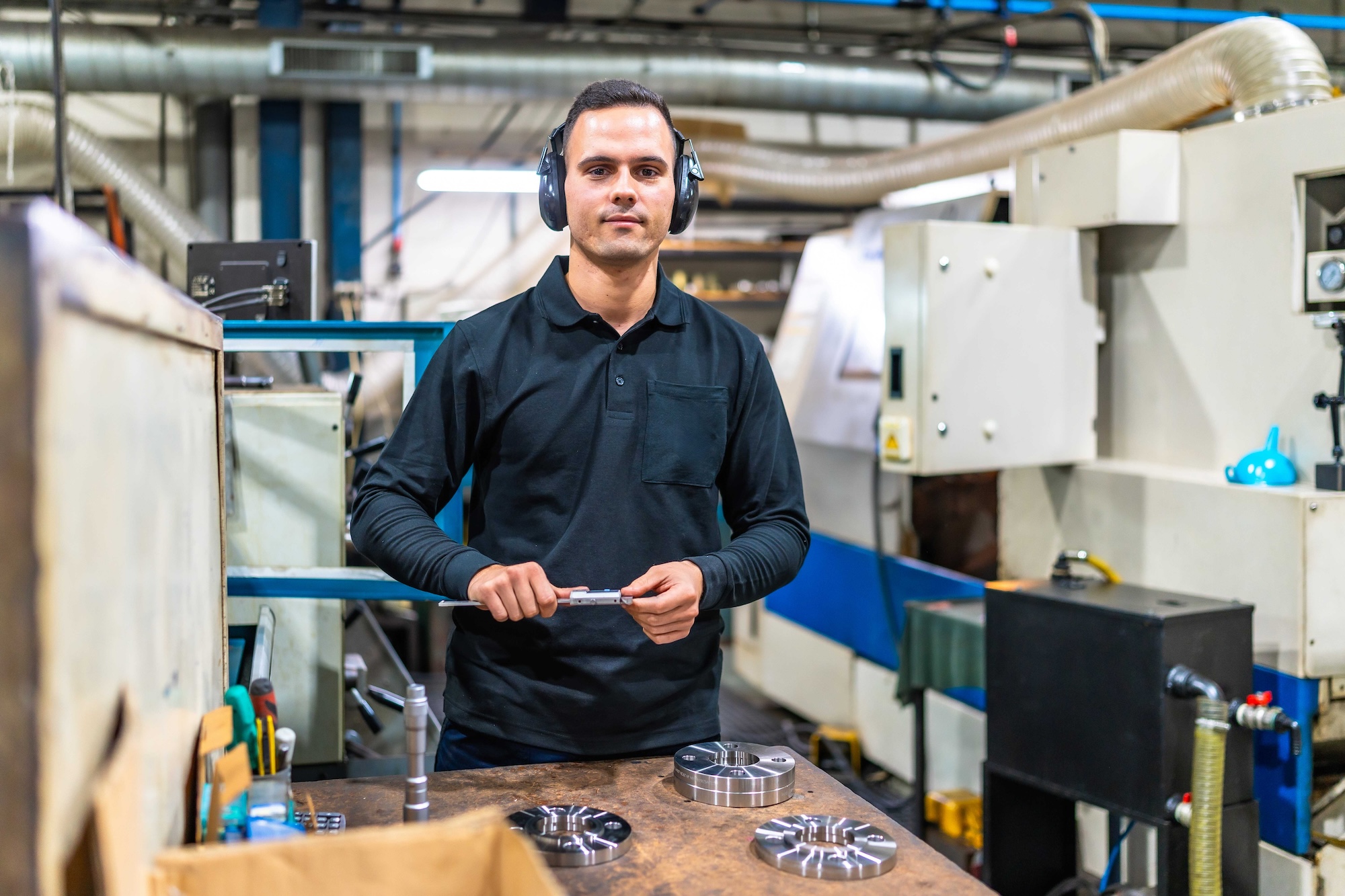Machinist
Machinists use manual and computer-controlled (CNC) machines to shape metal parts with extreme precision. They read technical blueprints, set up machines and inspect parts to meet exact specifications. They often are producing critical components for aerospace, automotive and medical industries.
Become a Machinist

Role:
Machinists use manual and computer-controlled (CNC) machines to shape metal parts with extreme precision. They read technical blueprints, set up machines and inspect parts to meet exact specifications. They often are producing critical components for aerospace, automotive and medical industries.
- Skills Needed: Blueprint reading, CNC programming, precision measurement.
- Pathway: Entry-Level Machinist → CNC Operator → Tool & Die Maker → Manufacturing Engineer
- Average Salary: $45,000–$65,000 per year
Why This Role Matters:
Machinists are at the core of precision manufacturing. They transform metal into mission-critical parts for industries like aerospace, automotive and healthcare. Their work directly affects the safety, performance and durability of the final product. As technology evolves, skilled machinists are becoming even more valuable to companies investing in advanced manufacturing.
A single machined component can be the difference between a machine that runs smoothly and one that fails. That’s why companies rely heavily on machinists who can operate with precision and consistency.
This is also a trade that’s in demand and often under-recognized. Machinists combine technical knowledge and craftsmanship, making it a respected and well-paying profession that offers long-term security and the potential to move into engineering or supervisory roles.
Frequently Asked Questions
No college degree is required, but a technical school certificate or vocational training in machining or CNC is very helpful.
A machinist often has broader responsibilities, including setup and manual machining. A CNC operator typically works with automated equipment that a machinist may have programmed.
Not necessarily—each part can vary, especially in custom or small-batch manufacturing. You’ll also use different machines and tools.
